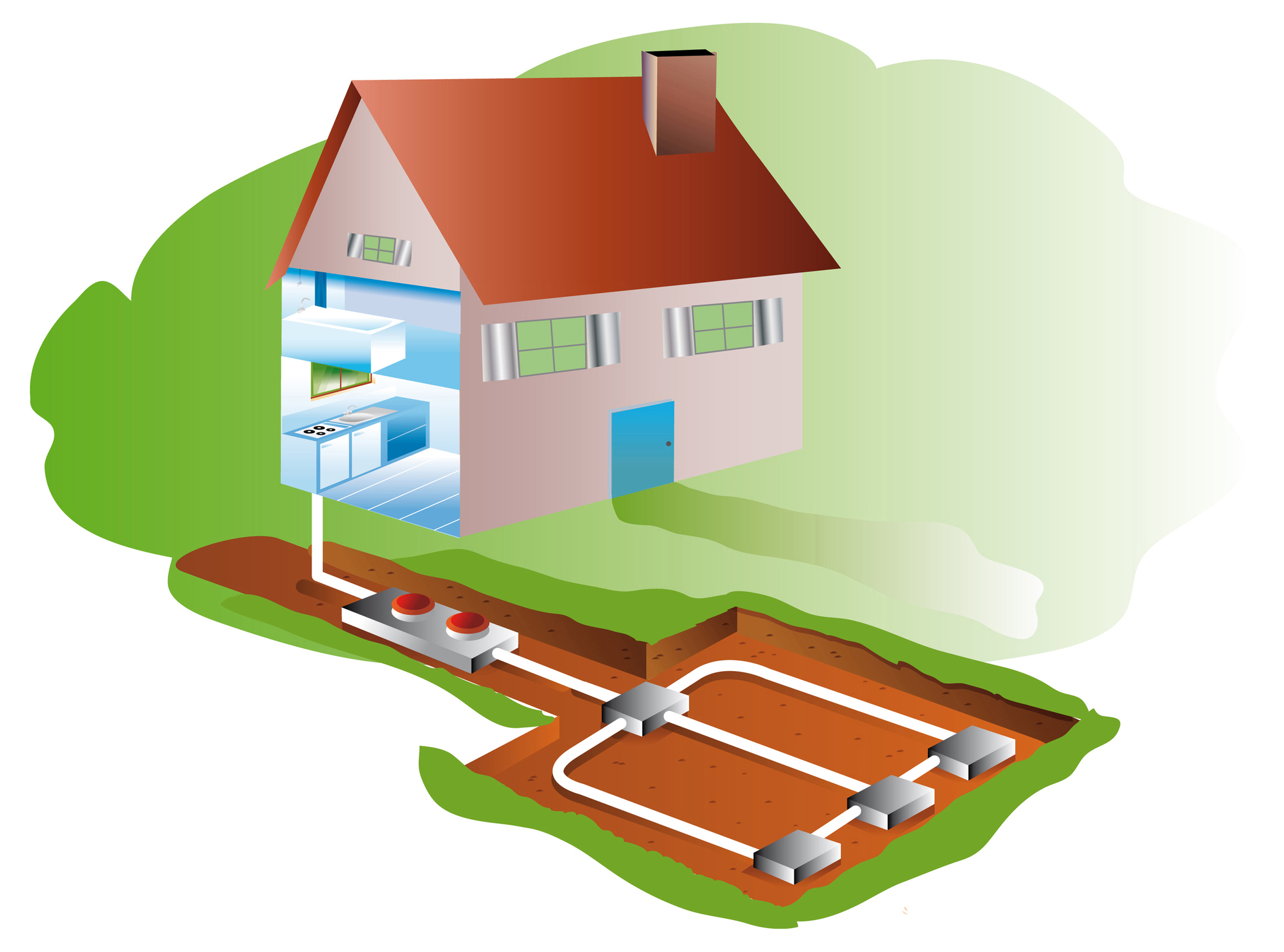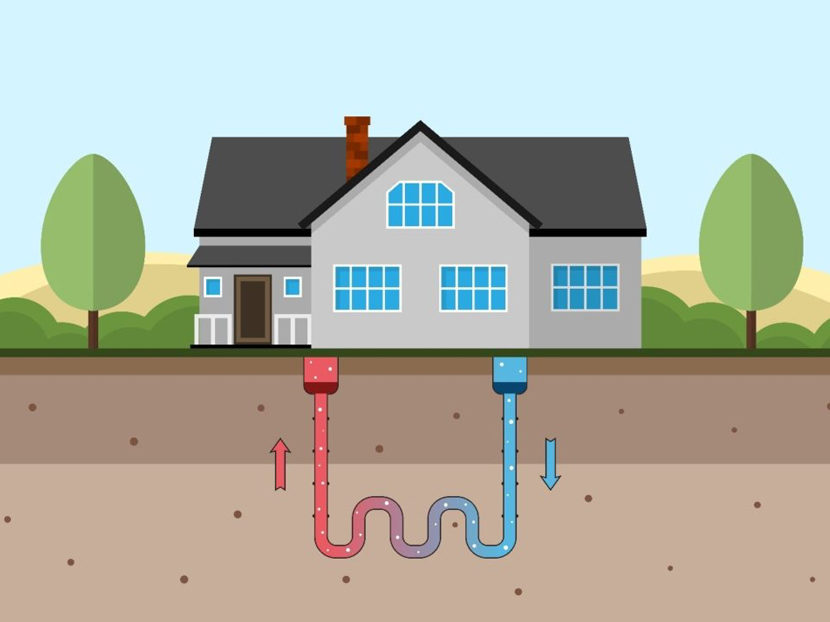There are many heating systems to choose from to be installed in both new and renovation projects. Why not opt for the geothermal heat pump? It does not require a backup heating system. It is compatible with old radiators and provides constant heat. If you’ve decided to install a geothermal heat pump, find out how it works below.
The Theory Behind the Geothermal Heat Pump
Unlike the aerothermal heat pump, the ground source heat pump captures energy from the ground and converts it into a heat source to power a building. Using the geothermal heat pump to produce heat in a single-family home makes it possible to capture energy sources with a temperature of 30°C or less.
How the Heat Pump Actually Works?
The geothermal heat pump has four components, including the evaporator, which allows the refrigerant to capture heat from the ground and transform it into low-pressure steam. Next is the compressor, which draws in the refrigerant to vaporize and compress it until the gas pressure reaches a temperature of 90°C. Some heat is then transferred to the heating circuit via the gas in the condenser. If the temperature drops, the gas becomes liquid again. At the end of the cycle, the refrigerant passes through the expansion valve and experiences a pressure drop. A new cycle begins when the refrigerant flows back through the evaporator.
The Different Types of Collectors for a Geothermal Heat Pump
Since the operation of a geothermal heat pump is based on capturing energy from the ground, the use of collectors is essential. Here are the most commonly used ones.
The Horizontal Collector
Organic matter and minerals are good thermal conductors, so they are ideal for producing heat. To heat a building, you need flexible pipes like PER or HDPE. Make sure to lay them in coils buried at an 80 to 100cm depth. Also, make sure to respect a distance of 10 cm between each coil. This will prevent freezing. For this horizontal collection technique, make sure that the soil is porous. If you are installing this technique on clay soil, remember to lay a bed of sand beforehand. To avoid damage to the pipes, the collectors should not be placed near a tree. The ground area to install the horizontal collector must be one or two times larger than the surface to be heated.
The Vertical Collector
In the case of the vertical collector, drilling is essential for its installation. Its depth can go up to 100 m. Depending on your needs, it is possible to install several vertical collectors. However, a distance of 10 m between each sensor is required. In addition, you also need authorization from the regional director of industry, research, and environment for its installation.

The Sensor on Groundwater
If there is groundwater near your land, it is best to opt for installing a groundwater collector. If you intend to discharge the water used by the heat pump into a rainwater collection system or a stream, you only need one borehole. However, if you want to preserve the water table, it is better to drill two wells.
The installation of a geothermal heat pump is quite complex. It is best to contact a professional for the work.

